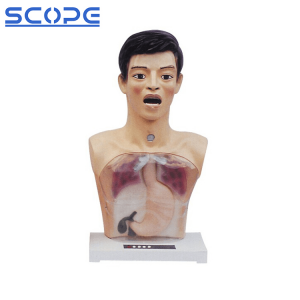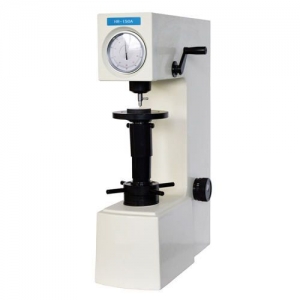When pipetting, it's important to keep air gaps to a minimum to ensure precise and accurate liquid transfer. Air gaps can distort your experiments' consistency and result in erroneous volume measurements. Here are some effective strategies to prevent air gaps from forming during pipetting:
- Pre-wetting Pipette Tips: Air pockets in the pipette tip can be reduced by pre-wetting the tip before aspirating the liquid. Dip the tip gently into the liquid and gently expel a small amount back into the container to pre-wet it. This will reduce air bubbles by saturating the tip's interior.
- Slow and Consistent Aspiration: Move the plunger smoothly and slowly when aspirating the liquid. Steer clear of jerky or abrupt movements as these can produce air bubbles. Air pockets are less likely to form when the liquid enters the tip evenly due to a slow and steady approach.
- Pause after Aspiration: Hold the pipette in place for a short while before taking it out of the liquid after aspirating the required volume. This stoppage guarantees that all of the liquid has been aspirated before dispensing and permits the liquid to stabilize within the tip.
- Angle of Aspiration and Dispensing: When aspirating liquid, hold the pipette at a 90-degree angle and make sure the tip is completely submerged. This reduces the possibility of air getting into the tip and permits total immersion. Tip the pipette 45 degrees when dispensing to facilitate a smooth flow of liquid and avoid droplets sticking to the tip.
- Proper Tip Selection: For the volume you are pipetting, select the pipette tip size that is appropriate. Air gaps can occur from using a tip that is too large, and overfilling and erroneous measurements can occur from using a tip that is too small.
- Reverse Pipetting for Viscous Liquids:Use the reverse pipetting technique for liquids that are sticky or viscous. To do this, aspirate a tiny air space and then the required amount of liquid. By serving as a buffer, the air gap keeps the liquid from adhering to the plunger and forming air bubbles.
- Regular Pipette Maintenance: Regularly maintain your pipettes to guarantee peak performance and avoid air gaps. To preserve accuracy and precision, clean and calibrate your pipettes by the manufacturer's instructions, and change the tips on your pipettes often.
You can successfully prevent air gaps during pipetting and guarantee precise and dependable liquid transfer in your lab experiments by adhering to these recommendations.






